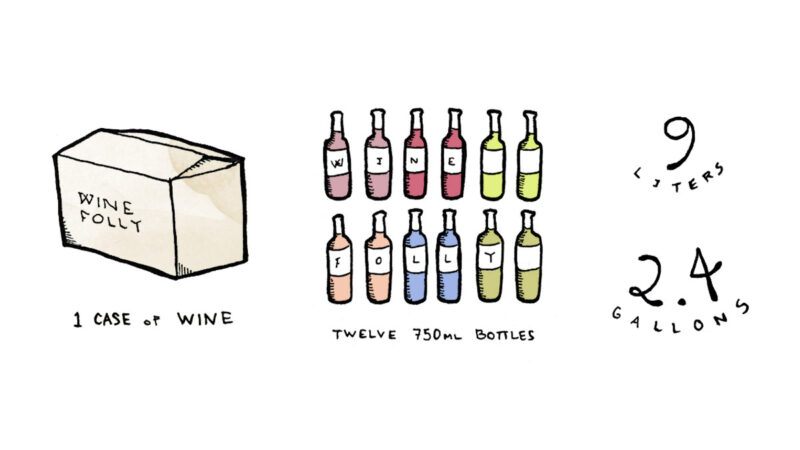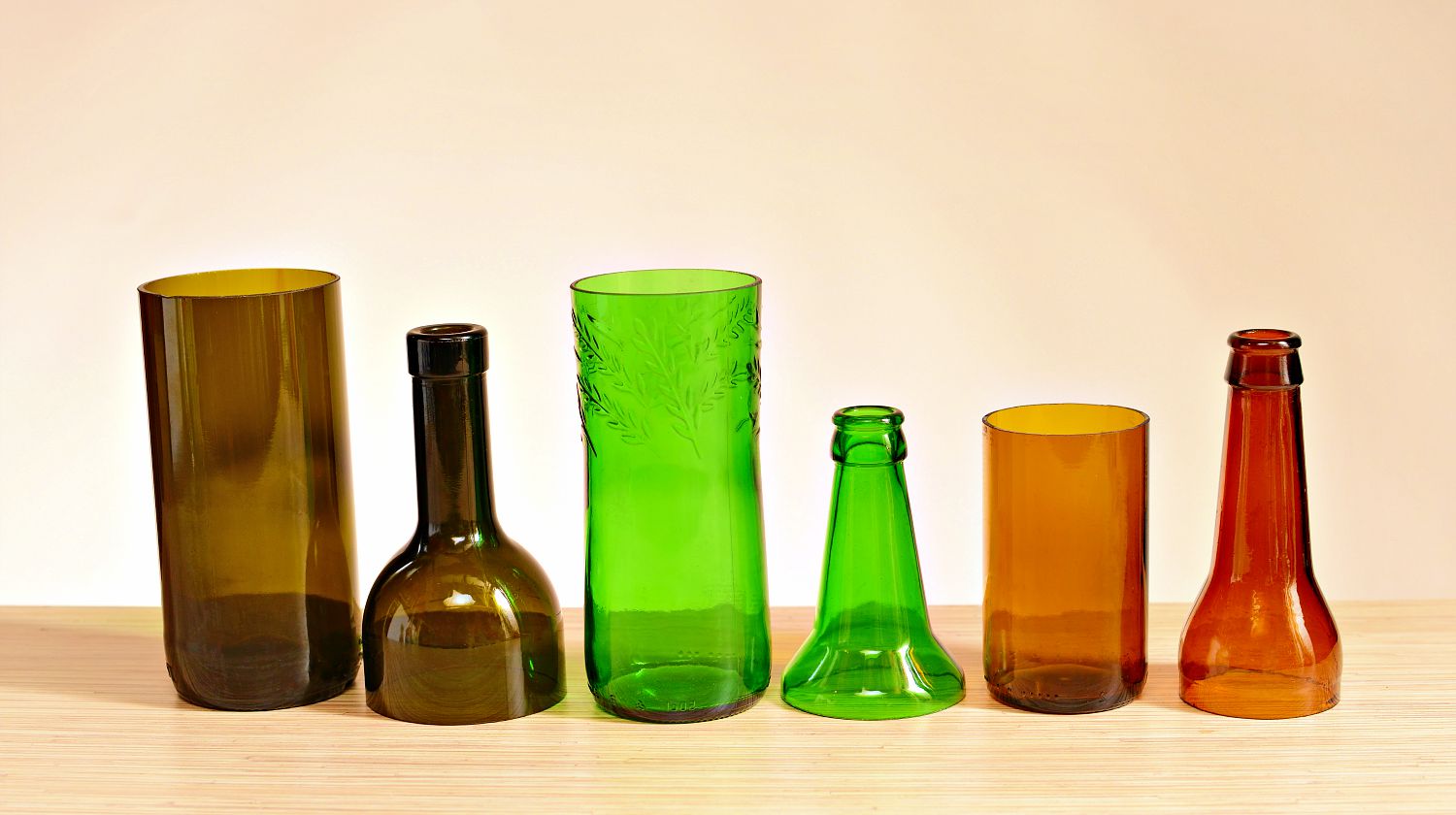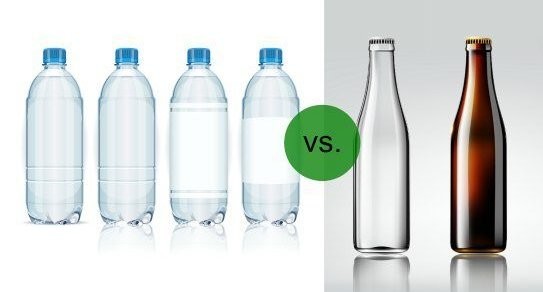You might be interested in learning more about the properties of water or concerned about how much weight you carry.
The weight of a bottle of water can vary depending on temperature, but it typically weighs about a pound.
When you’re preparing for a hiking trip, the weight of a water bottle is important. Avoid carrying too much weight because it will make traveling more difficult.
Since water is necessary, you must plan accordingly, so you must be aware of the approximate weight of each bottle.
The information you require regarding the weight of water in a bottle is provided below.
Table of Contents
How Much Does A Bottle Of Water Weigh?
Beverage Marketing Corp. has recently gathered new data. (BMC), New York, show that between 2000 and 2014 the average weight of a 16.9-ounce (half-liter) single-serve PET (polyethylene terephthalate) bottle of water declined 52 percent to 9.25 grams.
Other Posts You Might Like: Can You Take Water Bottles On A Plane?
How To Calculate The Weight Of Water?
It can be challenging to weigh a liquid substance like water by placing it on a scale.
You are measuring the weight of the container that the water is held in as well as the weight of the water itself, not just the weight of the water itself.
You must use conversions because it is impossible to remove the water and measure it separately.
To calculate the weight of water, you must first determine its density and convert it to liters.
Water’s density is difficult to determine because it fluctuates with temperature.
You must first determine the temperature of the water before performing your calculation.
On any scientific table, you can find the density constant.
The volume of the water will then need to be measured.
Placing the water in a graduated cylinder or other liquid measuring device makes this task simple.
Keep in mind that some water will always spill over if you have to pour it from one container to another.
It is necessary to convert your volume into liters once you have it.
For instance, if the amount of water is 10 milliliters, you would divide that amount by 1,000 to get 0.01 liters.
With the density and your converted volume, it is now possible to determine the weight in grams.
Simply multiply the density by the number of liters you have.
Assuming the density is 1 kilogram per liter at 39.2 degrees Fahrenheit, this results in 0.01 kilograms when using the 0.01 liters mentioned above.
The weight can then be changed from grams to kilograms.
10 grams are obtained by multiplying 0.01 kilograms by 1000.
You can convert a weight that is expressed in grams to any other weight measurement that you prefer once you have that weight.
How Does Temperature Impact Water Weight?
Since water’s density changes with temperature, it affects how much it weighs.
When the density of water changes, weight is either increased or decreased.
The water’s temperature is important because as it warms up, its molecules begin to become more active.
They produce more heat, which causes the molecules to move more quickly.
Their surface area grows as they move.
It weighs more because it has a bigger surface area.
The opposite is true as soon as the water’s temperature begins to drop.
Less energetic molecules move less frequently.
Fewer weight results from the surface area contracting and shrinking.
As a result of the form changes caused by extreme heat and cold, water’s weight is also affected.
The temperature can change the density of water while it is still in a liquid state, causing it to weigh more or less.
What Is The Weight Of A Gallon Of Water?
You might be curious to know how much a gallon of water weighs given that a bottle of water only weighs slightly more than a pound.
You could estimate that a gallon of water weighs about eight pounds because it takes eight 16-ounce water bottles to fill one gallon.
You’d be on the right track.
Again, the water’s temperature has an effect on how much a gallon of water will weigh.
A gallon of water actually weighs 8.345 pounds if you measure it when the temperature is 39.2 degrees Fahrenheit.
The hotter the water gets, the lighter it gets.
Water weighs about 8.2884 pounds at 100 degrees Fahrenheit.
Even though it won’t seem much lighter, it actually is.
If you intend to hike while carrying a gallon of water on your back, knowing this is also helpful.
The water will weigh a little less if you’re hiking in a hot climate than it would if you were hiking in a cold climate.
FAQs
What is the estimated weight in pounds of a plastic water bottle?
A 16.9 fluid ounce or 500 ml bottle weighs 500 grams, which is equal to 500/454 = 1.1 pounds. since water translates 1:1 in weight to volume.
How much does a plastic bottle cap weigh?
By Weight: A standard tin-plate bottle cap weighs in at 2.22 Grams 1 453.592 grams making up one pound.
How much is 20 oz of water weigh?
20 fl oz of water weighs 1 1/4 lbs. For the Imperial pint, this holds true. The US pint is a slightly larger 16 fl oz, weighing about 1.04 lb.
A 16.9 oz water bottle has how much plastic in it?
Bottled water companies have also reduced the environmental footprint of their plastic containers by continual light-weighting of PET bottled water plastic packaging, which has resulted in the average weight drop to 9.25 grams per 16.9 oz single-serve container.
















